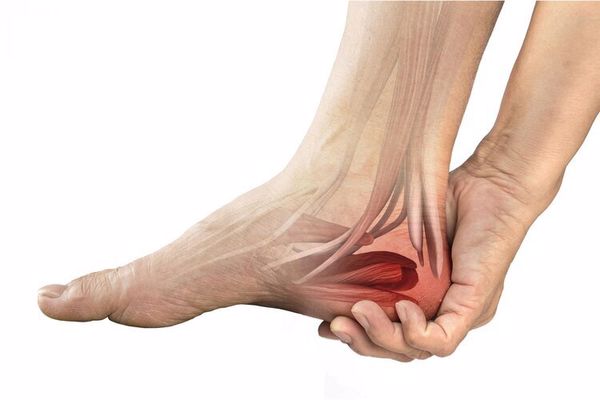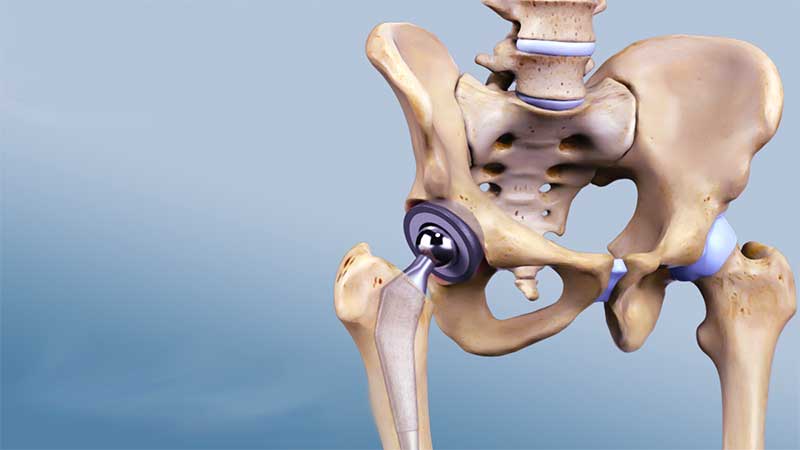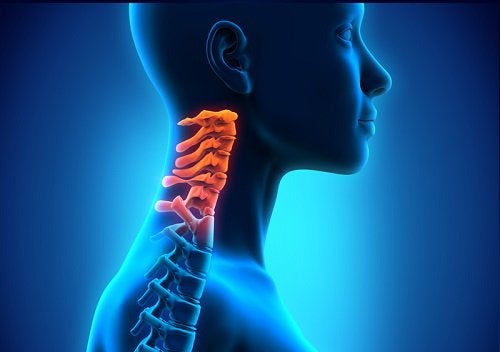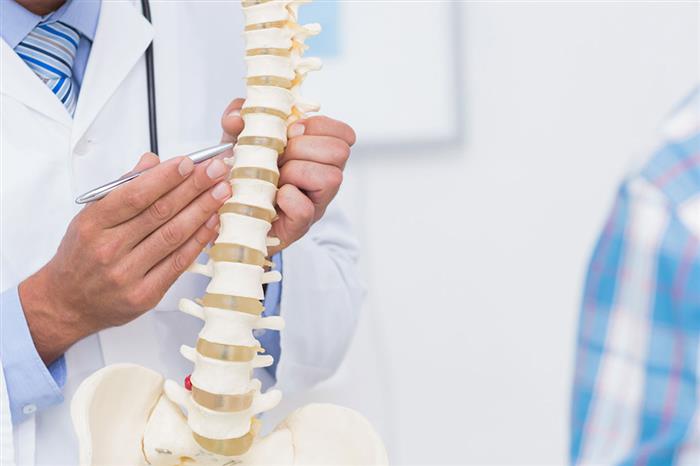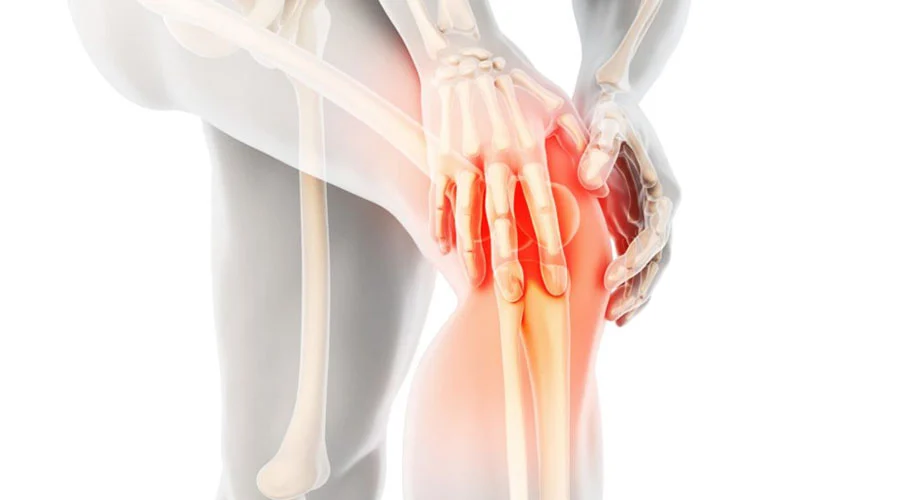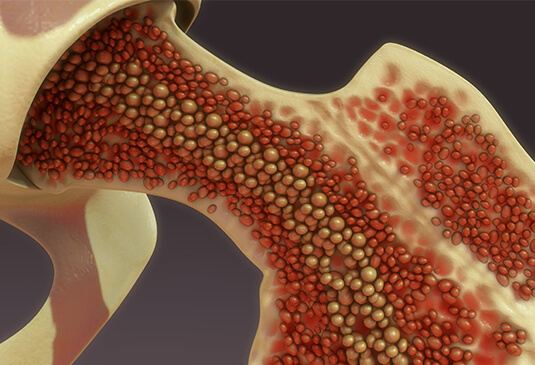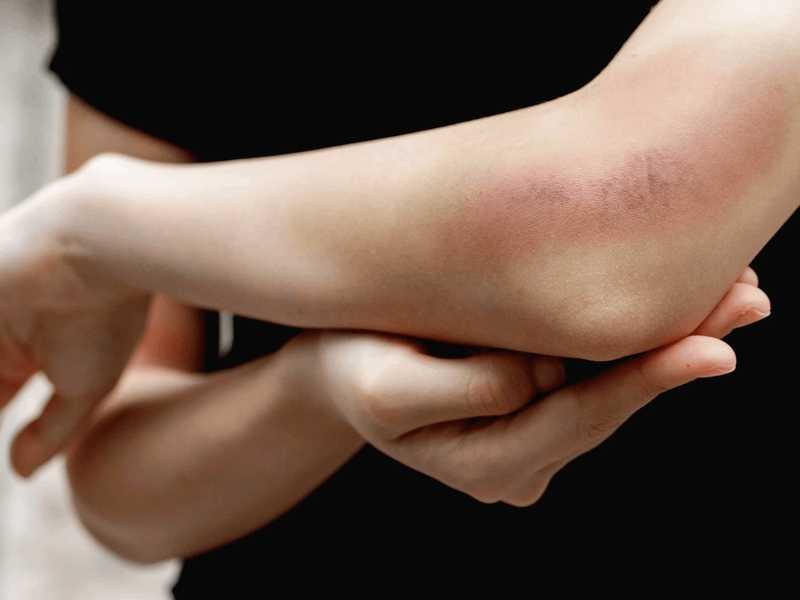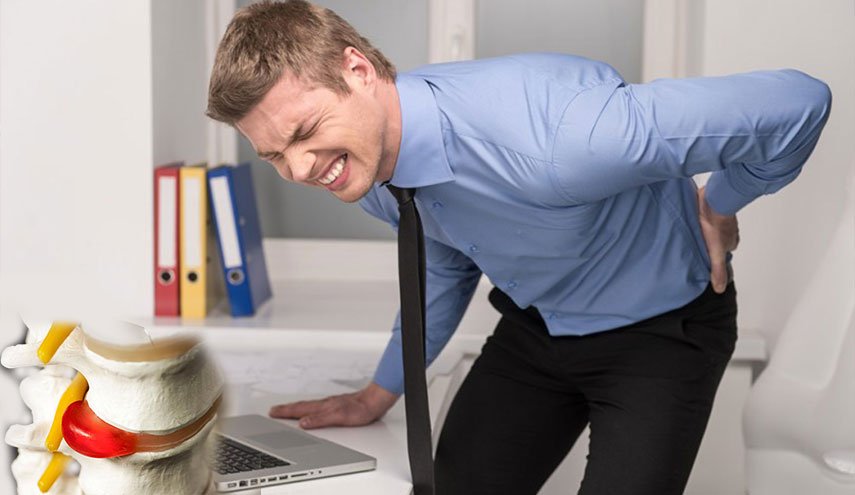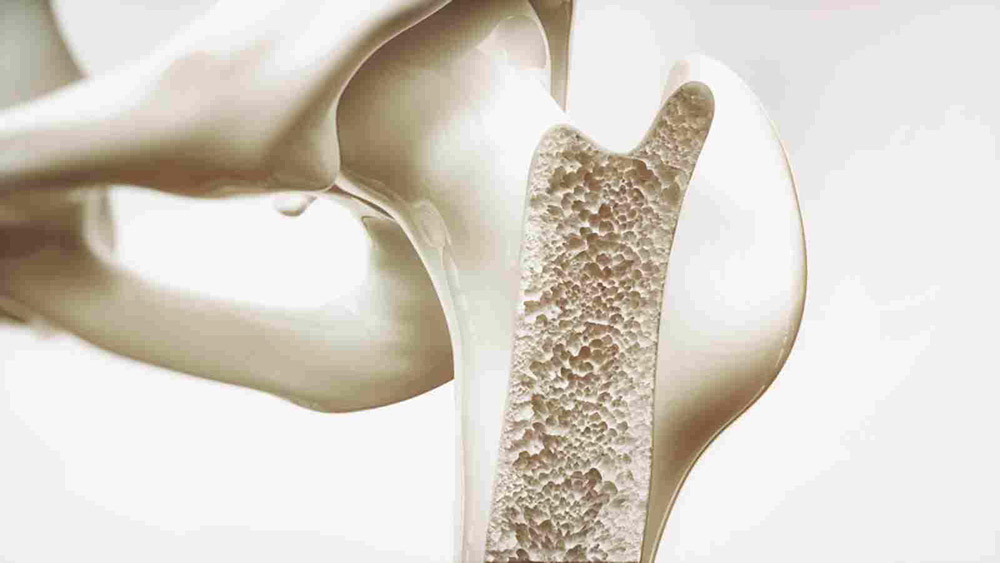What are the symptoms of a bone thorn?
Plantar fasciitis is the protrusion that causes severe pain in the heel of the foot and is affected by the affected person, and he may experience pain when walking or standing for long periods, and we can learn more details about the great fork in the following article.
What are the symptoms of a bone thorn?
What is Plantar fasciitis?
The heel spur is one of the most common diseases in foot injuries, and bone spurs are the result of inflammation in the plantar fascia, which leads to severe pain when walking, especially in the early morning after a long rest period, and it can stop some of the activities that he performs.
The plantar fascia is a strip of tissue that is adjacent to the skin on the inside of the foot and can be exposed to inflammation as a result of a tear or excessive tension in this ligament, which results in severe pain in the foot and the injured person may experience difficulty in carrying out daily physical activity.
Heel Spur symptoms
Symptoms associated with a bone thorn appear in the form of signs felt by the patient and indicate severe pain that can affect the person’s condition and ability to move, and the apparent symptoms can be as follows:
- Having pain in the heel during the early morning.
- A feeling of soreness extends from the soles of the feet to the toes.
- Difficulty walking after standing for a long time.
- The appearance of pain when sitting for long periods.
Reasons for Heel Spur
There is more than one reason that can affect a person’s injury to the bone heel thorn, which increases the chances of developing plantar fasciitis, which results in pain in the soles of the foot that extends to the heel and a feeling of pain similar to tingling or knife stabs that may be difficult for the patient to bear.
Here are some common causes of Heel Spur disease:
- The presence of health problems in the foot, such as flat feet.
- The foot is subjected to severe stress, which affects its condition of the foot.
- Exercising causes severe pressure on the heel.
- The presence of excessive obesity in the affected person.
Heel Spur Treatment
- Can Heel Spur be cured permanently? This question can be answered in the affirmative because there is more than one method of treatment that can be followed in the event of bone disease and feels more comfortable when walking or exercising.
Types of Heel Spur Treatment
- Natural therapy
The patient can do exercises that help improve his health and treat the heel fork, including muscle stretching and balance exercises.
- Home treatment
The injured person can resort to a foot massage or use cold water compressors that improve his feeling of pain, and he must take painkillers that give him the ability to bear the pain until the end of the treatment period.

